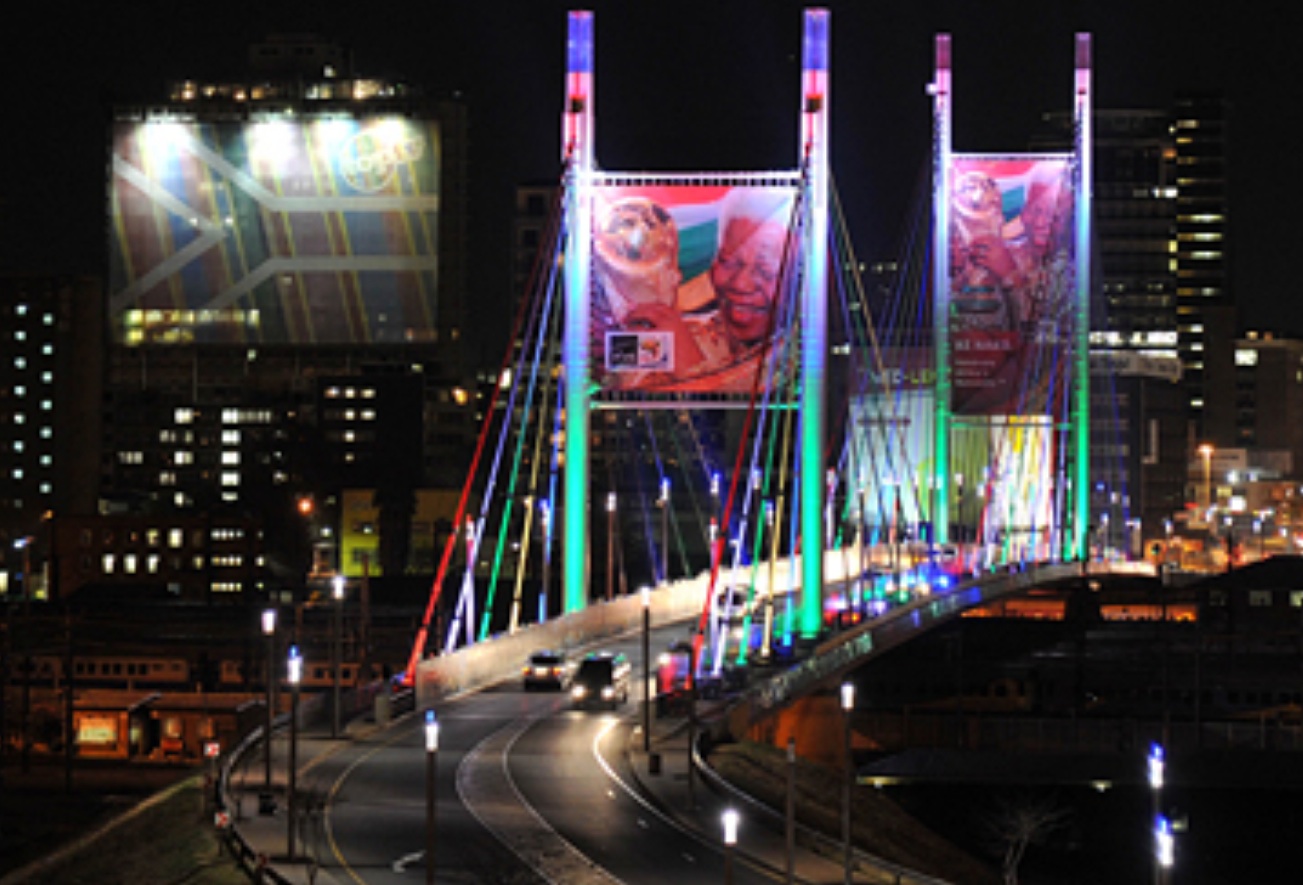South Africa's LED push


LED bulbs require roughly 20 percent of the electricity of incandescent bulbs.
Eskom and the bulb’s providers, Holland’s Royal Philips Electronics, announced the plan during the United Nations climate change summit taking place in Durban on the country’s east coast.
“Although we are investing in new power stations to generate enough electricity to meet medium- to long-term demand, improved efficiency is the most practical solution to ensuring our electricity supply will be secure in the short-term,” said Andrew Etzinger Senior General Manager for Integrated Demand Management at Eskom. South Africa struggles to meet the country's electricity demand.
His remarks echoed a recent report from Japan, where the Ministry of Economy Trade and Industry noted that Japan could eliminate 13 nuclear power stationsby replacing to 1.6 billion bulbs with LED varieties.
 Eskom bought the bulbs from Philips for an undisclosed amount and will subsidize their sale via distributor Karebo Systems to South African businesses such as hotels, restaurants, banks, offices and retail chains, a Philips spokesman said.
Eskom bought the bulbs from Philips for an undisclosed amount and will subsidize their sale via distributor Karebo Systems to South African businesses such as hotels, restaurants, banks, offices and retail chains, a Philips spokesman said.
The 7-watt and 10-watt bulbs are intended to replace 50-watt halogen incandescent bulbs. The 200,000 bulbs would cut electricity consumption by 58 gigawatt hours per year, according to the press release. A Philips spokesman said the combination of energy reduction and subsidies will allow the businesses to recover their upfront costs in 6 months.
LEDs (light emitting diodes)augur tremendous energy savings, but consumers in general have balked at their high price. The bulbs in the South African program sell at retail for between 200 and 300 South African rand ($25-to-$37).
Vendors claim that the lifetime savings in electricity bills more than offsets high upfront costs, especially since the bulbs theoretically last anywhere from 15 to 25 years or more, which could effectively eliminate bulb replacement costs.
But some consumers have reported that bulbs are failing within a year. Although the diodes (semiconductors) that act as the light source might last a long time, other electronics within the bulb can conk out much sooner. Manufacturers claim decades of lifetime, but they tend to offer warranties of only 3 to 5 years.
Also at the Durban summit, Philips called for a global switch to LED lighting as a way to fight climate change.
“LED lighting solutions can provide excellent, reliable and cost-effective lighting solutions for the 1.6 billion people around the world which currently live without electricity,” said Harry Verhaar, Senior Director for energy and climate change at Philips Lighting.
Philips cited figures from the International Energy Agency showing that lighting eats up 19 percent of the world’s electricity production.
Photos: Philips
More LED focus on SmartPlanet:
- From the horse's mouth: LED bulbs are too pricey
- How to eliminate Japan's nuclear reactors
- More LED truths and half-truths
- When good lights go bad: LED breakdown
- The hot and cold of LED lighting
This post was originally published on Smartplanet.com